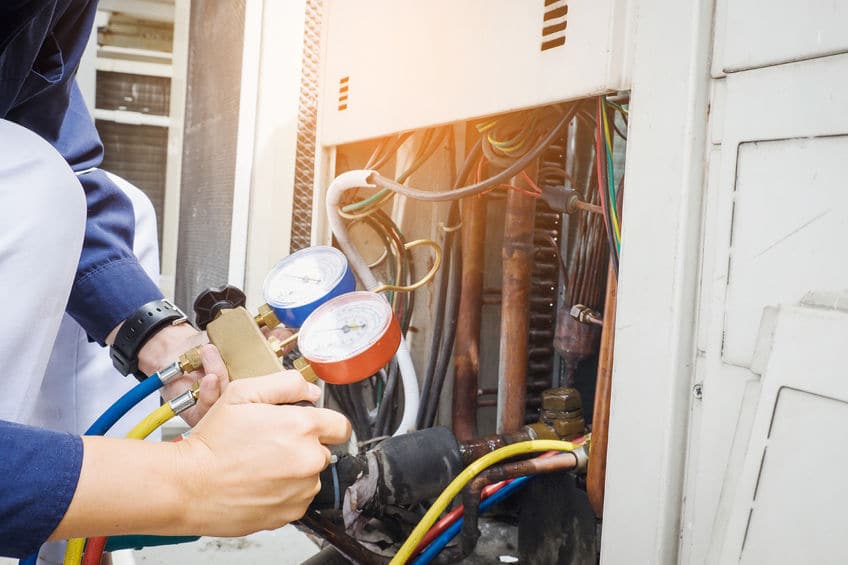Shake It Up: Preparing Your HVAC for an Earthquake

Earthquakes are a part of life in California. While we have not recently experienced dangerous seismic activity, many other places have, which is why it is important to be prepared before a quake happens.
Major earthquakes can damage a home’s foundation, walls, and roof. If there is damage to the HVAC or electrical system, homeowners without proper insurance could spend as much as $30,000 in home repairs.
Although we cannot reinforce your HVAC with a steel frame, there are things you can do to protect your home’s systems from costly damages. With help from ALPS, homeowners can improve their HVAC systems to better withstand an earthquake.
Damage Caused by an Earthquake
Movement: The shaking of an earthquake can move even the heaviest unit off its pad. This can be dangerous for the condensing part of your unit. Check that it is still securely mounted. If knocked off balance, the fan inside the unit can shift or components inside may move and break.
Damage to the Exterior: Your HVAC unit may have exterior components, like a refrigerant line, a gas line, or an electrical conduit. If the unit is moved during an earthquake, these components can be damaged or begin to leak. Damaged parts are detrimental to efficiency, but they can also be a health risk to your family, if refrigerant or gas leaks into your home.
Prevent Earthquake Damage
Insulate: Vibration isolators can be installed at the bottom of your unit to absorb movement. These spring-like devices will protect internal components from quake damage. This is not a standard feature, so if you are in the process of replacing, ask your HVAC professional about including isolators.
Restraint brackets: These brackets are attached to the corners of your HVAC unit, supporting the vibration isolators. Their design reduces the shock to equipment from seismic vibrations. Ask us about retrofitting brackets on your existing home unit!
Flex-line Piping: The condensate and gas piping of your HVAC system is usually a rigid material that can crack and break during an earthquake. We recommend installing a flexible piece of piping into the line to absorb vibrations. Then your system will have a durable backup, in case of breaks.
What to Look for After an Earthquake
Cracks/Dents: If you can confirm that your unit hasn’t shifted or fallen off its pad, the next thing to check is cracks/dents to piping and coils. Damage to refrigerant and gas lines can allow dangerous gases to leak into your home. If leaks go unnoticed, it can quickly become a dangerous situation for your family. Any water or condensate lines should also be checked to avoid water damage.
Leaks in Ductwork: Make sure to check your ductwork to make sure there aren’t air leaks. Ducts are rigid and can easily be rattled during a quake. Weakened joints and seals can lead to leaks, which can compromise the efficiency of your entire system. If you aren’t quite sure what you’re looking for, it’s best to have an expert take a look.
Insurance: Lastly, don’t forget to review your current insurance policy to confirm your coverage. It is a good idea to review your coverage to avoid any loopholes that could hurt you after a disaster.
Preparing for an earthquake isn’t always fun, but if you take the necessary precautions, it will be much easier to handle. Investing a little time and money now, could help you save big if any damage occurs. If you have any questions about earthquake proofing your HVAC and its components, we are here to help!


